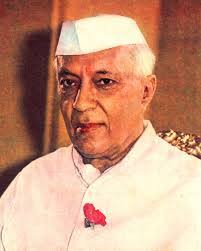Labours day

Labour Day (Labor Day in the United States) is an annual holiday to celebrate the achievements of workers. Labour Day has its origins in the labour union movement, specifically the eight-hour day movement, which advocated eight hours for work, eight hours for recreation, and eight hours for rest. For most countries, Labour Day is synonymous with, or linked with, International Workers' Day, which occurs on 1 May. For other countries, Labour Day is celebrated on a different date, often one with special significance for the labour movement in that country. In Canada and the United States, Labour Day is celebrated on the first Monday of September and considered the unofficial end of summer, with summer vacations ending and students returning to school around then.












